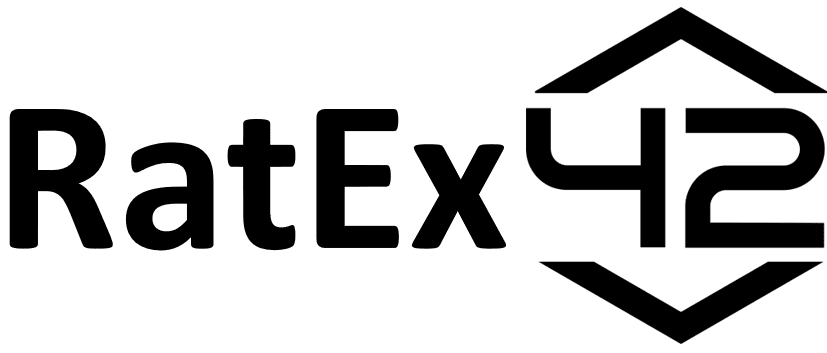With the implementation of the Markets in Crypto-Assets (MiCA) regulation set to take effect in January 2025, the European Union is introducing a more stringent regulatory framework for crypto-assets, including stablecoins. MiCA mandates that stablecoin issuers—such as Tether—obtain an Electronic Money Institution (EMI) license if they wish to continue their operations within the EU.
An EMI license is required when a stablecoin meets the definition of e-money, which is characterized by its usage as a means of payment and its redemption at par value. Under this regulation, any entity issuing a stablecoin that maintains a stable value relative to fiat currencies (like the Euro or US Dollar) and is used widely for transactions would need to comply.
The Impact on Tether and Other Stablecoin Issuers
Tether, one of the largest stablecoin providers, could face significant disruptions in the European market if it does not acquire the appropriate licensing. Currently, Tether has not made any public moves to pursue an EMI license within the EU, raising questions about its future in the region. If the company chooses not to obtain this license, it would either need to halt its European operations or partner with regulated entities to distribute its stablecoin legally.
What Does the EMI License Entail?
The EMI license, under the EU’s existing regulatory framework, is granted to institutions that issue electronic money. To qualify, these institutions must meet strict capital, governance, and compliance requirements. The intention is to protect consumers and ensure financial stability. For stablecoin issuers, this means that they must demonstrate a strong ability to maintain the value of their tokens and manage associated risks.
Why MiCA?
MiCA aims to bring uniformity and clarity to the crypto market across the EU, closing regulatory gaps and providing legal certainty. It specifically addresses concerns around stablecoins, which have gained significant traction as mediums of exchange and stores of value. By introducing these requirements, the EU seeks to prevent systemic risks and ensure that stablecoins are as reliable as traditional financial products.
Outlook for Stablecoin Issuers
Stablecoin providers operating in the EU will need to evaluate their compliance strategies ahead of 2025. The necessity of obtaining an EMI license could deter some issuers, while others may see it as an opportunity to solidify their presence in a regulated market. For those that adapt, this regulation could provide a competitive advantage, offering users greater assurance and trust.
In conclusion, stablecoin issuers will need to obtain an EMI license to continue operating within the EU under MiCA. This regulatory shift will likely reshape the landscape for stablecoins, making compliance a critical factor for future success in the European market.
